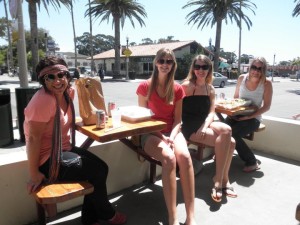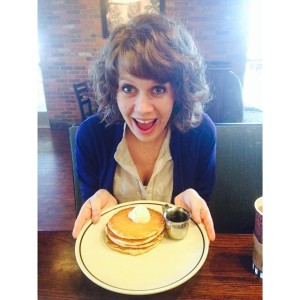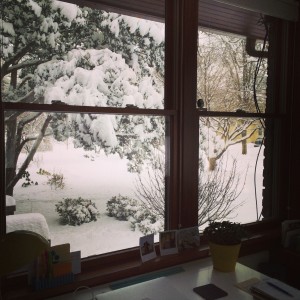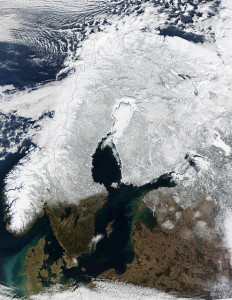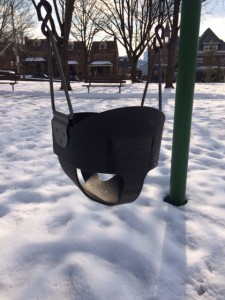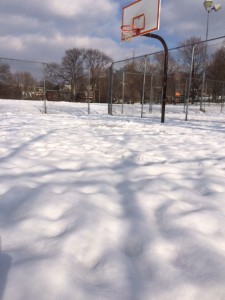Everything dies. Nothing dies.
That’s the story of the Book.
It’s like this for me in Texas: fall is when love blossoms only to die in the spring.
In the fall, the air is fresh. The promise of cooler weather is heralded with storms rushing from the north. The grey winds from afar release the death grip of the Texas summer heat. The fall is football, Friday night lights, and the romance of a dying summer. It is a chance to actually enjoy the outdoors again, and a reminder that Texas is still a great place to live.
Autumn with its too-muchness,
Stretching the boundaries
Of Song
Fall is full. The wounded red of fall drips from the trees. There is an aching in the shadows of leaving trees, and even the very slant of autumn light stirs my overly romantic soul.
I once kissed a girl on a fall night after a heartbreaking home football loss. It was my first kiss. We were out under the October stars, still warm enough to only need sweatshirts as we lay looking up at the eternal markers. I am not sure I have ever been more scared. I am sure I have never been happier.
In a Texas spring the weather is violent. It unleashes furious storms, snows in the middle of a perfect week, and then hints at the hated summer heat. The wildflowers come roaring along Texas highways bursting forth in strokes of crimson, yellow, and blue. But their life is doomed by the coming heat. Aborted beauty burned up like martyrs holding out against the summer’s tyranny. Even the spring’s green brings with it an awareness of the brown it will turn to in the overbearing sun.
I was heartbroken by the next spring. The first kiss in the fall turned into a last parting kiss on an April day. A Friday, holding her at the door, my first broken heart left exposed before the summer heat.
**********
Others in the north will speak of seasonal depression hitting them during the long winter, but for me, the weeks of early spring, the lenten season before easter, is when it comes. For the past 7 years, I have waited ominously through spring for it to strike. Sometimes it does not arrive, but sometimes it does as the creeping nausea of blank feelings emptying my heart of any joy.
Several years after my first broken heart during my last spring semester in college, I met this girl with burning blue eyes. I fell for her like a boy lost at sea, but she was unable to return it. Another spring romance born only to die.
The wave of depression that followed was one of the worst I have known. The weeks of late March and early April nearly crushed me. I could hardly breath much less attempt to write my senior paper, and I almost failed my last class at Texas A&M. It was the first time in my life where I fully felt the need to take a pill.
For the last three years I have attended an Ash Wednesday service during February before spring could come. It has been my bulwark against spring. I would like to think the reminder of my death, the passing from dust to dust recalled in the service, protects me with my own weakness. We are dying, yes and amen. On Ash Wednesday there are no false promises.
**********
I read the Book for years
And never understood a word.
Scrawled in its margins.
Wrote my own versions
Of what I read there,
But never got a thing right.Didn’t understand that each
Poem was a magic spell.
Was a voice,
And under that voice: an echo
That was the spellAs if each poem clearly spoke
The word “Death”
And the echo said “Life.”
And this is why I love the fall: it is full of death, but its echo is life. Roiling under its scenes of dying, I often sense the true vibrancy of life. Amidst all the life of spring I am too aware of its coming end, but in the fullness of fall heaving with death, I hear what sounds like a symphony to my soul: the oblique cry of life like an echo from an empty tomb.
(All quotes are from the beautiful poetry collection Concerning the Book That Is the Body of the Beloved by Gregory Orr)
